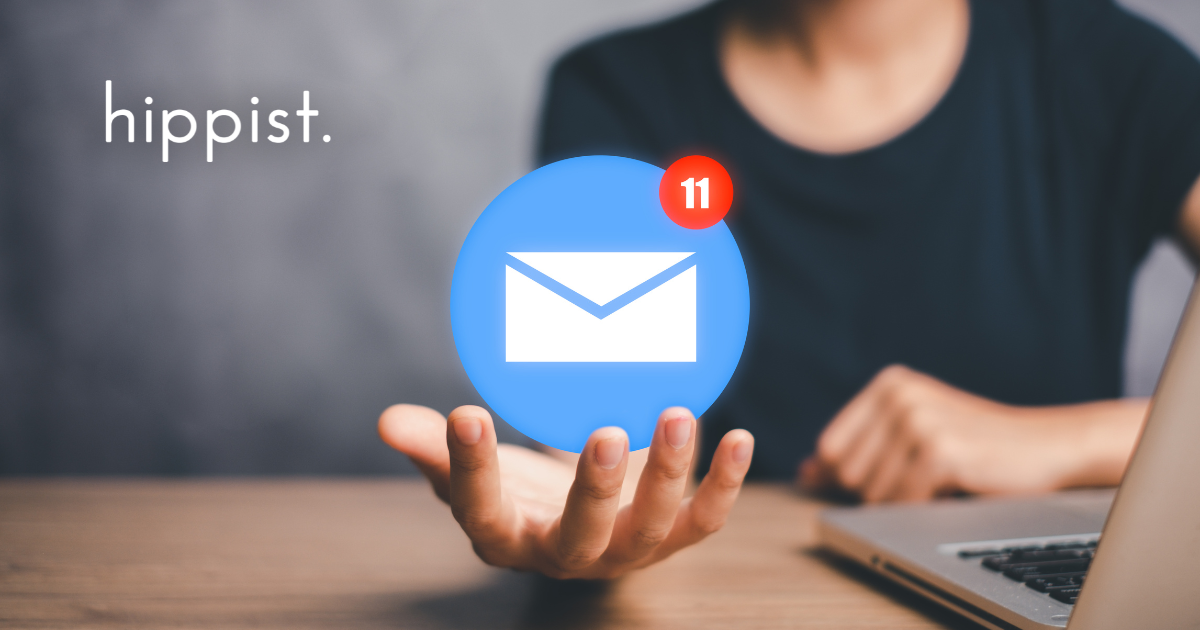
In the fast-paced world of e-commerce, customer attention is fleeting. Shoppers often browse, add items to their cart, and leave without making a purchase. This is where email retargeting comes in — a powerful tool to re-engage potential buyers and turn window shopping into sales.
Let’s dive into how email retargeting works, when to use it, and how it can benefit your business.
What is Email Retargeting?
Email retargeting is a marketing strategy designed to reconnect with individuals who have interacted with your brand but haven’t completed an action, such as making a purchase. By leveraging customer data like browsing history and purchase intent, businesses can send personalized, targeted emails that encourage conversions.
Unlike general marketing emails, retargeting emails are behavior-driven, making them highly relevant and effective. With an average ROI of 36:1, email retargeting is one of the most efficient ways to re-engage interested customers.
When to Use Email Retargeting
1. Cart Abandonment
Shoppers often abandon their carts for reasons like unexpected fees or indecision. Retargeting emails serve as gentle reminders to complete the purchase, often with incentives like free shipping or limited-time discounts.
2. Post-Purchase Upselling
After a customer makes a purchase, email retargeting can encourage repeat business. Suggest complementary products or offer discounts for their next purchase to boost lifetime value.
3. Lead Nurturing
For customers who’ve shown interest but haven’t purchased, nurture them with valuable content. Share reviews, testimonials, or educational resources that guide them through the buying journey.
How to Use Email Retargeting Effectively
1. Collect and Match Data
Ensure you’re gathering customer emails and tracking their behavior using tools like browser cookies or tracking pixels. This data helps you craft personalized campaigns.
2. Send Relevant, Personalized Emails
Tailor your messages based on where the customer is in their journey. For instance:
- Welcome emails for new subscribers.
- Abandoned cart emails with reminders or offers.
- Upselling emails featuring complementary products.
3. Focus on Positive Experiences
Avoid overly aggressive messaging. Instead, emphasize the value you’re offering. For example, highlight a special deal on an item they browsed without explicitly stating you’re tracking them.
4. Avoid Overwhelming Customers
Limit email frequency to avoid alienating potential buyers. Targeting the right audience at the right time is key.
5. Measure Campaign Performance
Analyze email open rates, click-through rates, and conversion rates to optimize future campaigns.
The hippist AI Advantage
hippist AI takes email retargeting to the next level by enabling you to create stunning visuals tailored to your campaigns. Use AI-generated product photos to showcase items in various contexts, from seasonal promotions to targeted upselling emails. This personalization ensures your emails stand out and drive engagement.
Conclusion
Email retargeting is a must-have strategy for retaining customers and driving sales. By combining personalized messaging with tools like hippist AI, you can create impactful campaigns that convert.
Start leveraging email retargeting today and turn missed opportunities into success stories!



